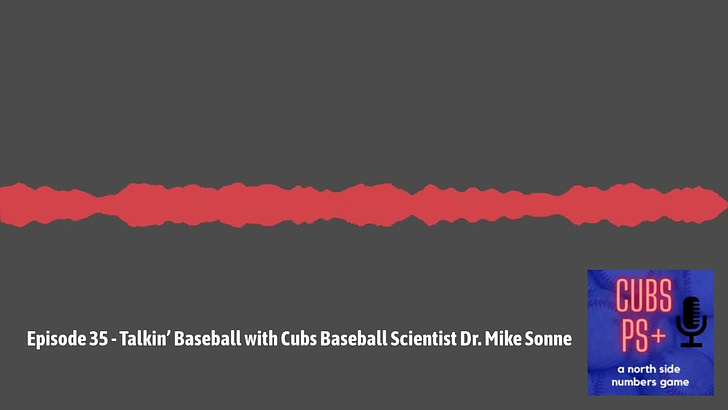Currently, the Chicago Cubs have five pitchers on the IL. Of those, two are recovering from Tommy John done previously and are expected back. One had a knee procedure, not directly tied to pitching and certainly not acute. The others have pitching arm injuries, Brad Boxberger with a strained forearm and Kyle Hendricks with a strained shoulder. There are teams with more and a couple with less, but the Cubs are the only team that hired Dr. Mike Sonne this offseason.
I worked with Sonne, who helped develop PitchAI, and consider him a friend for full disclosure, but his work on fatigue units is worth mentioning at a point where pitching injuries are up and players like Kenley Jansen are starting to voice their opinion that the pitch clock might be at the root of it. If the Cubs are a bit ahead of the curve, it’s not as if Sonne didn’t leave clues about how to monitor this.
Now, most of this was originally developed using Motus sensors, now known as Driveline Pulse, and yes, I worked there too. Teams don’t use those in-game, but there are other tools, like Hawkeye and Kinatrax that can do some of the same things, especially in game, and that give additional information. With Sonne’s model - and he’s made adjustments and improvements to it since that public debut, and likely more since he joined the Cubs - it’s relatively simple to use the data to predict and hopefully prevent injury.
The situation here is that we have a method that works, yet it appears that some teams are using an open source tool or similar to give themselves an asymmetric advantage. It’s the equivalent of a country not using drones in warfare, because they didn’t use them in World War II. “Because we’ve always done it that way” is an unfortunate mindset, and one that exists at too many levels of baseball. If the Cubs are better than expected because they’re better at preventing pitcher injuries in a season where we had a sea change, good for them, bad for everyone else who had that same opportunity.
For now, on to the injuries:
CARLOS CORREA, SS MIN (bruised heel)
Let’s start with the important fact: it’s the other foot. Carlos Correa had two deals fall apart after doctor’s couldn’t sign off on an old ankle injury, with all sorts of stories and timelines about the issue. When Correa couldn’t play due to a foot injury, later clarified to be a heel inflammation, the unverified masses on Twitter immediately started chanting “told ya so.” So I will remind you Correa’s ankle fracture and plate was on the right side, while this heel inflammation is on the left.
Correa told the media he bruised the heel with an awkward step on first base, but stayed in the game because they’d already burned through their bench. He had an MRI which confirmed the bruise and showed some inflammation, but the medical staff hasn’t yet decided how quickly Correa could be back. The IL remains a possibility, but there’s hope he can avoid it. With options at short, Correa might play some DH, but the Twins seem very loathe to put Byron Buxton in the field.
Correa’s issue does point out the fluid nature of plans. Correa’s unexpected return to the Twins changes where Royce Lewis will return when he’s back from his ACL, but Correa’s sudden issue might make it make more sense to shift him over and put Lewis back at short. It’s the old Jeter-Rodriguez thing without all the ego, but it is going to be an interesting decision to watch. The best answer would be to keep them both functional at both positions to give the most flexibility, but baseball players love routine, sometimes to their team’s detriment.
CARLOS RODON, SP NYY (inflamed back)




